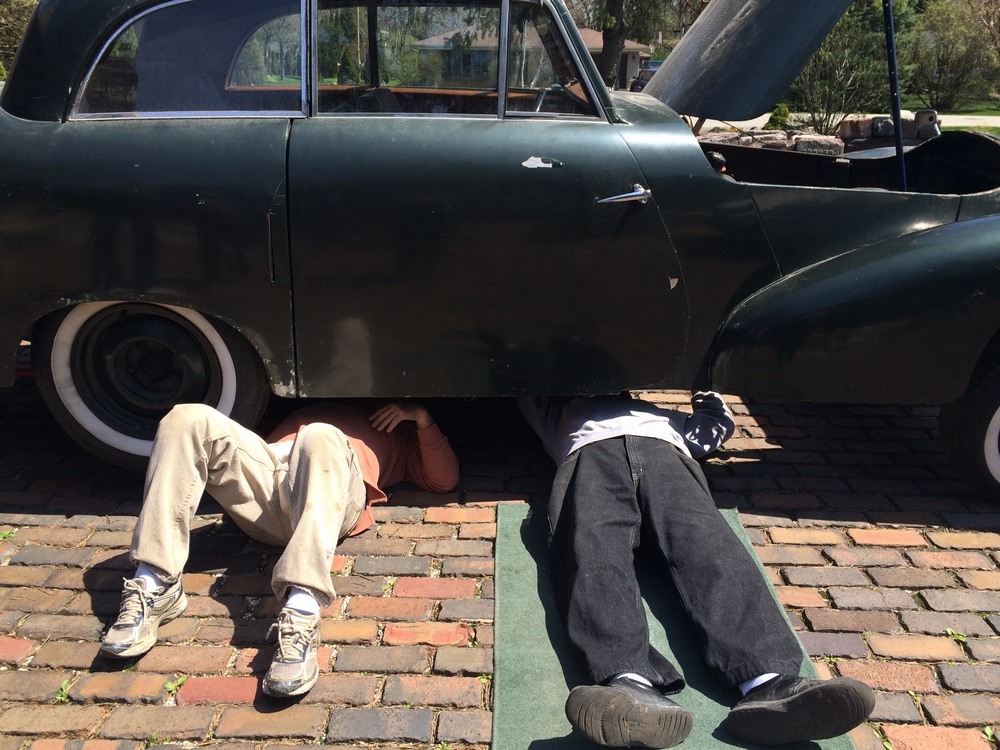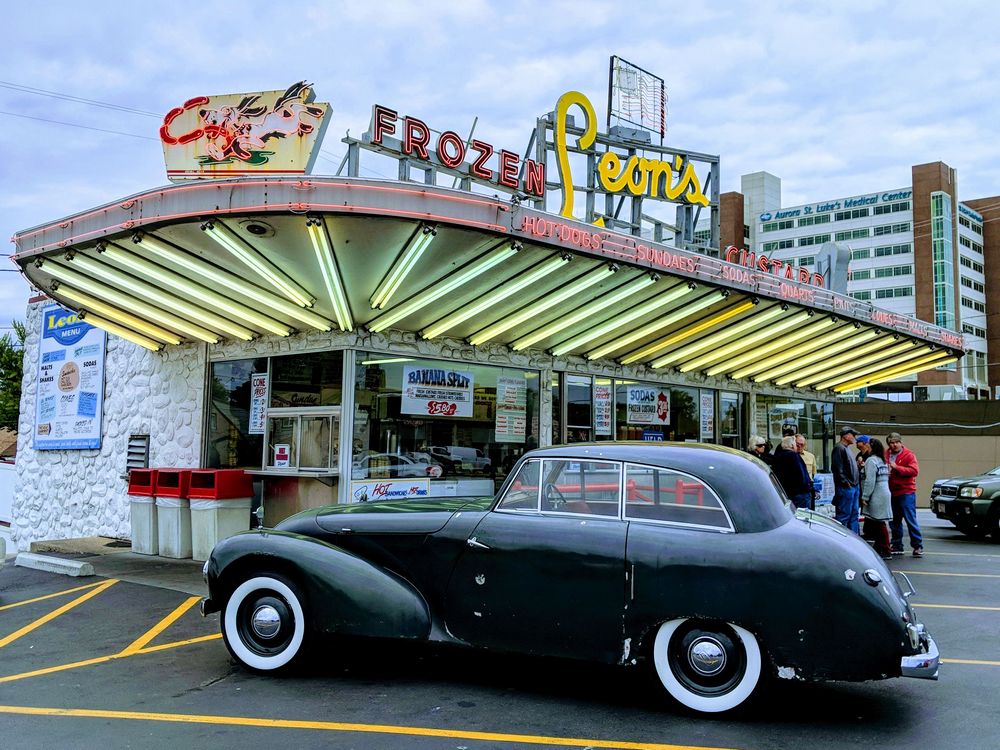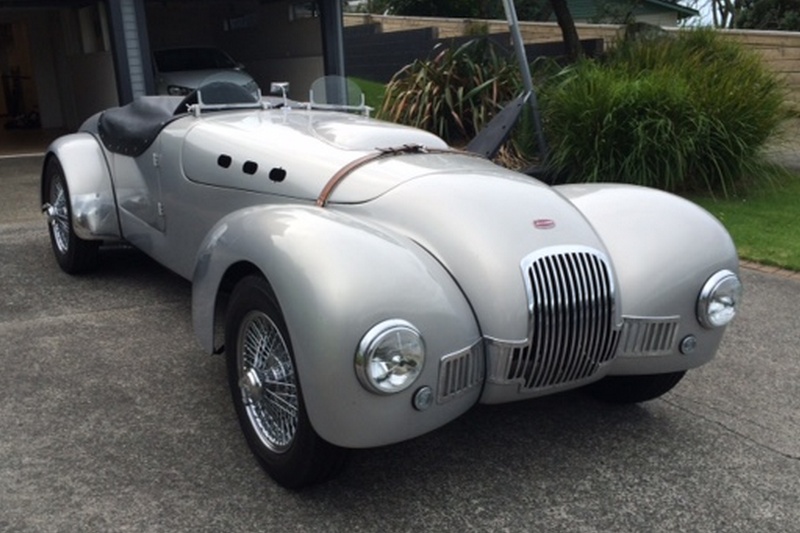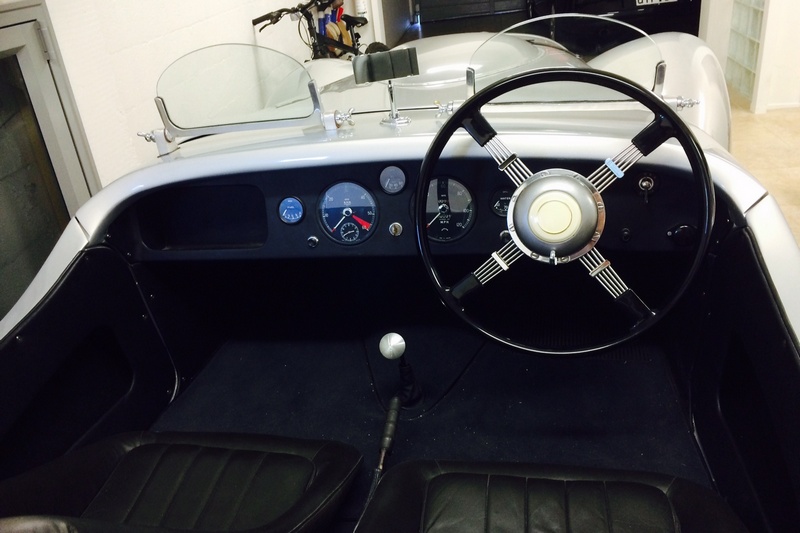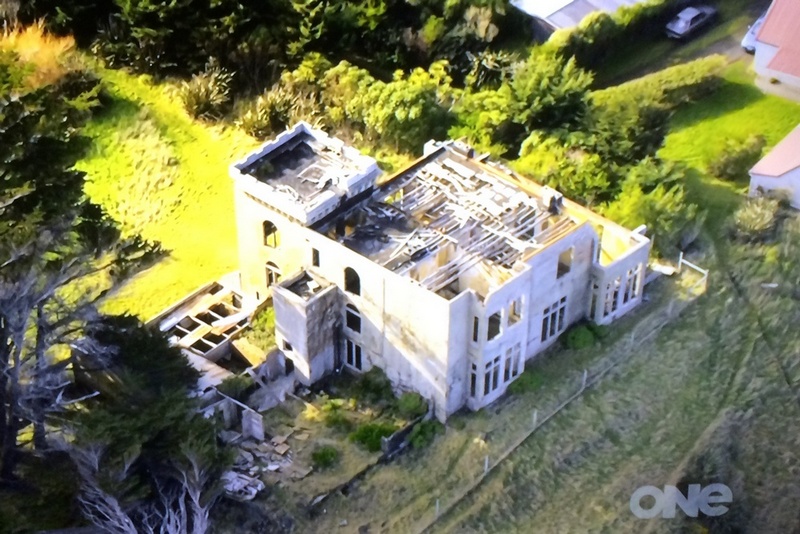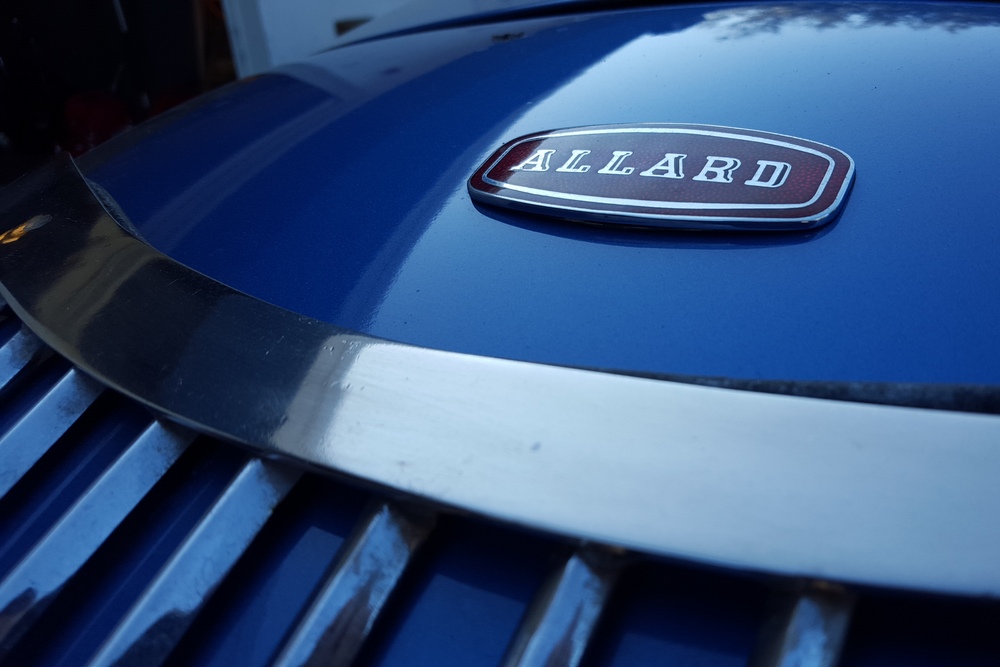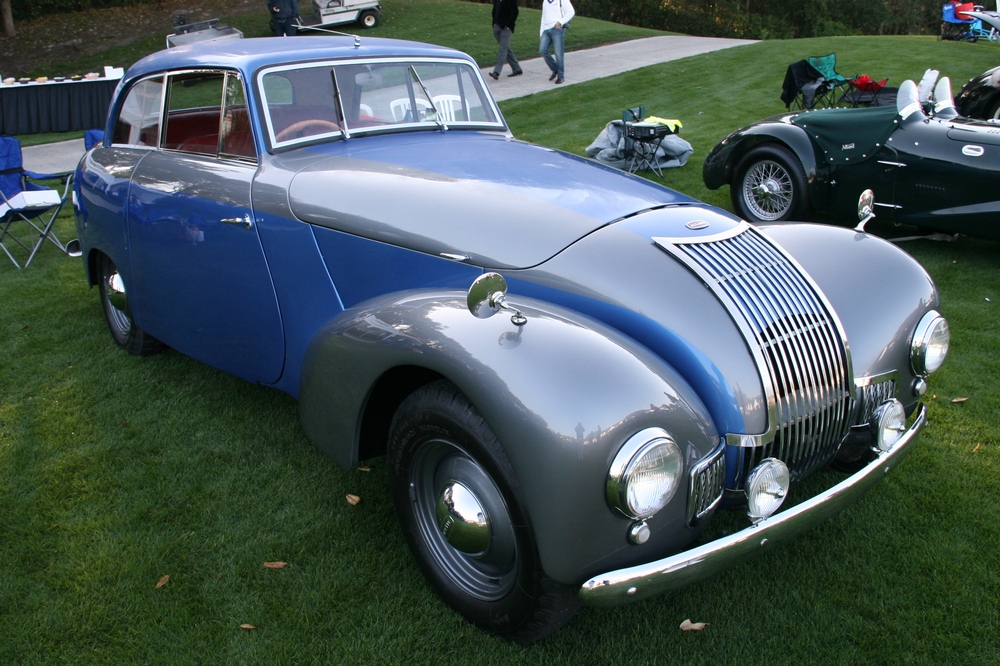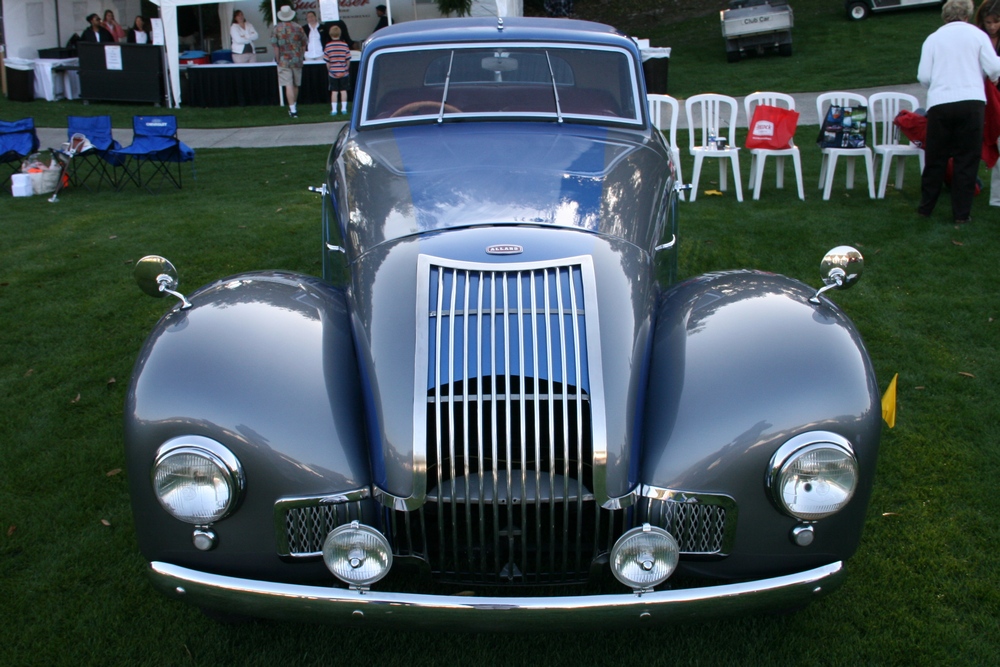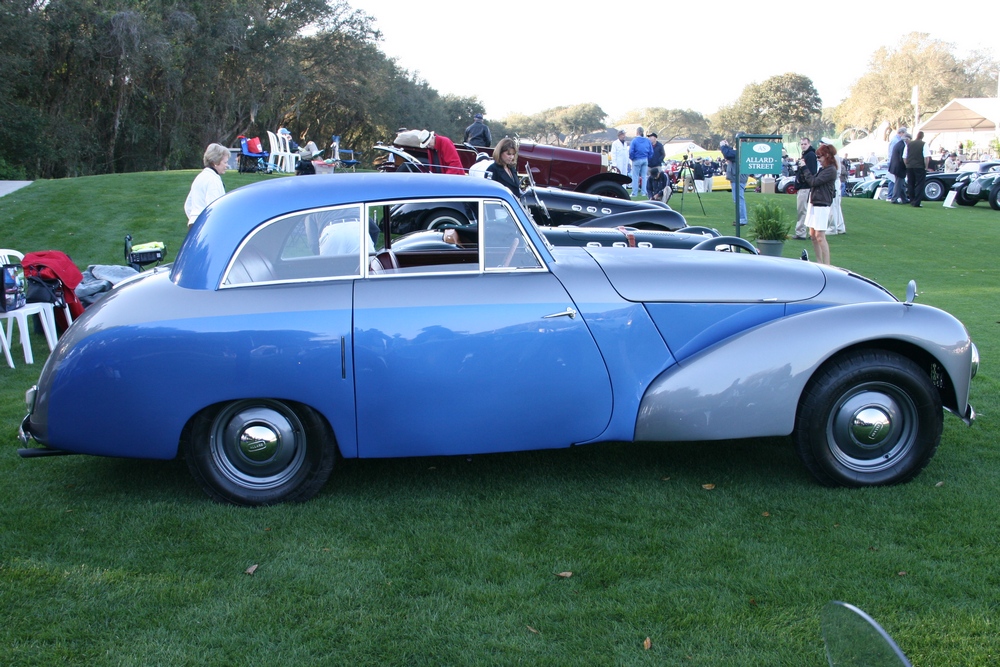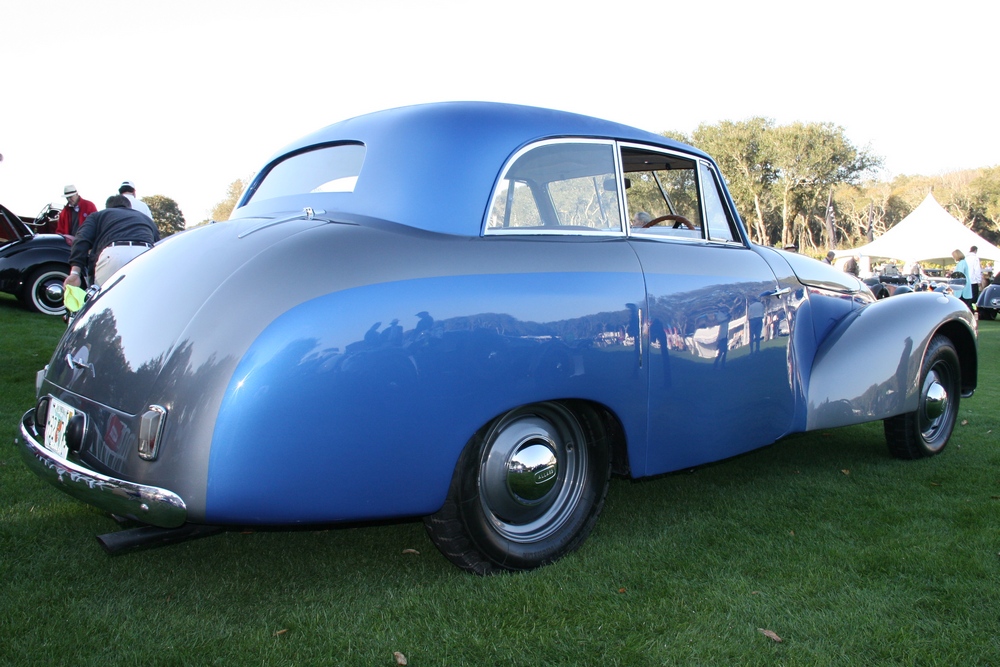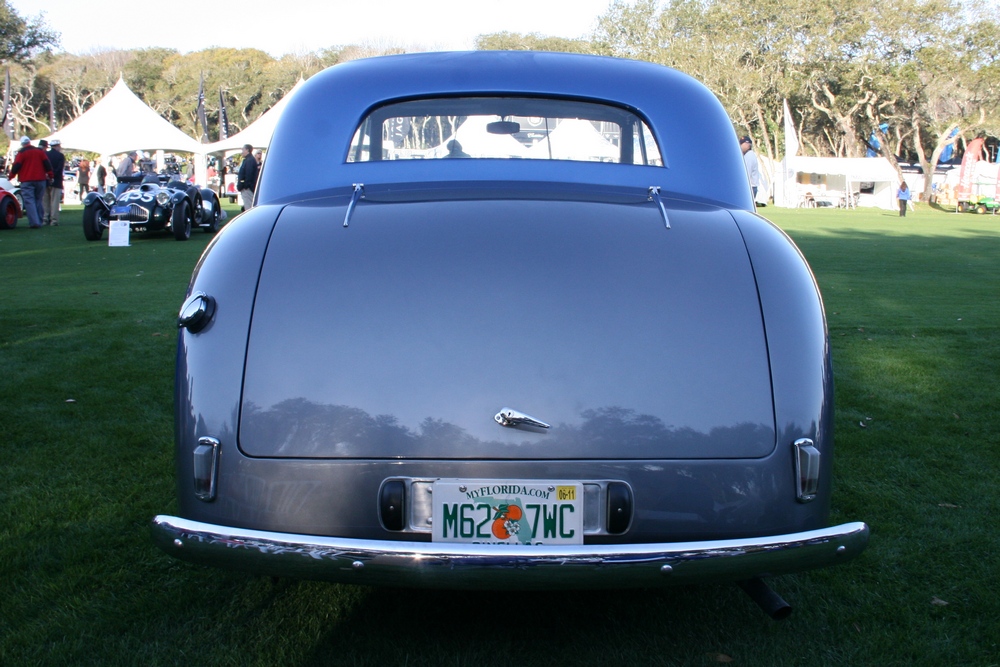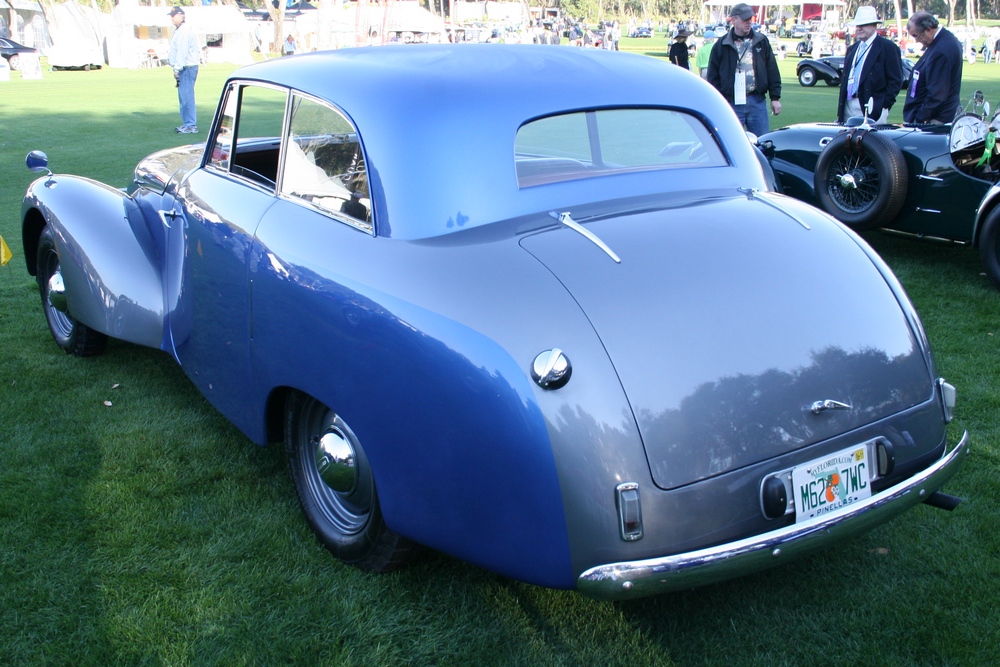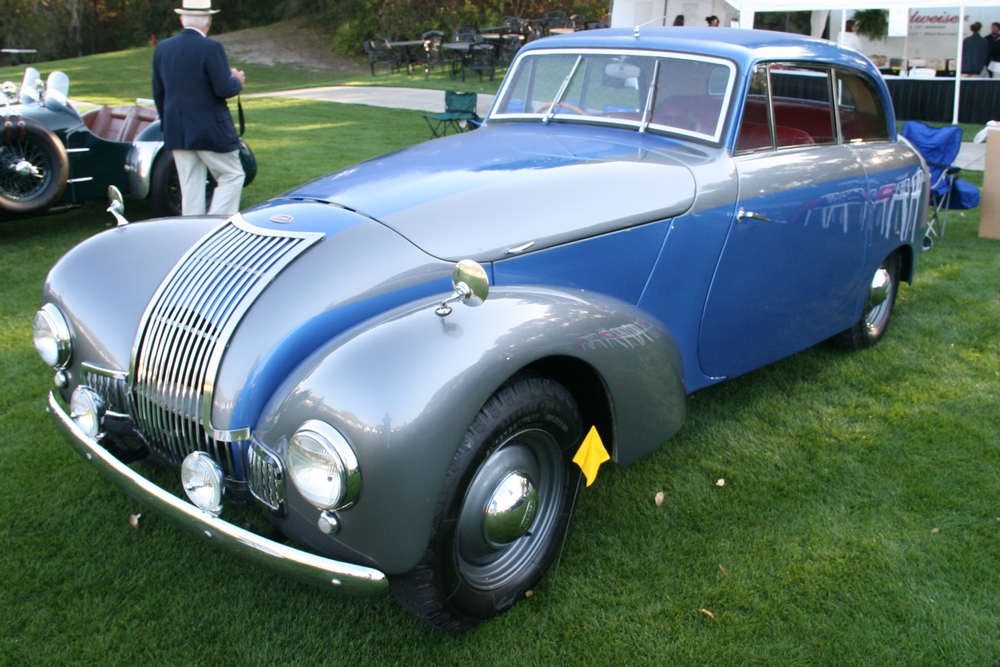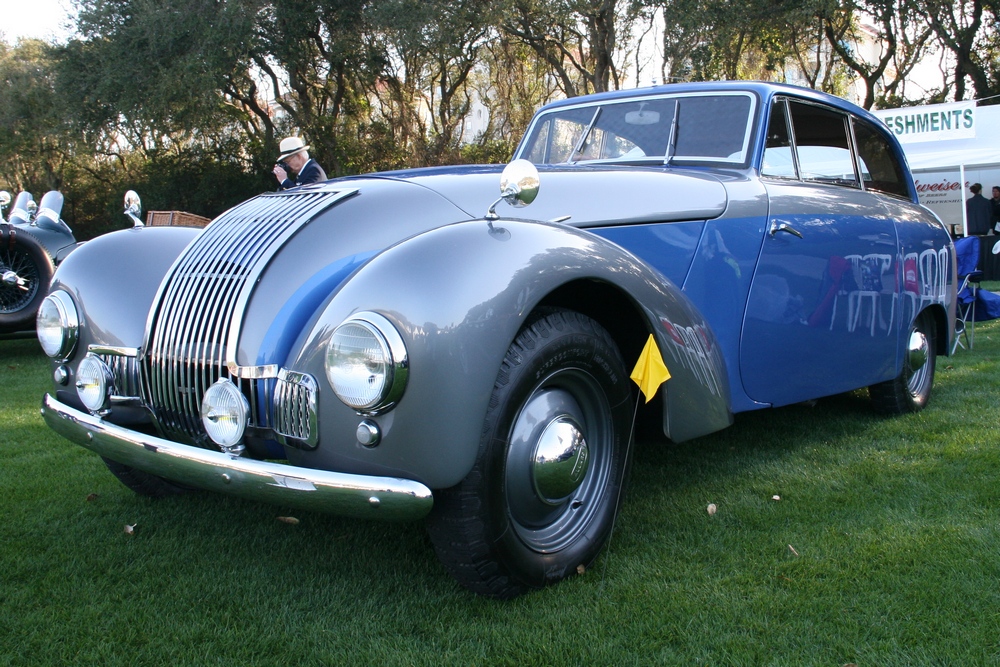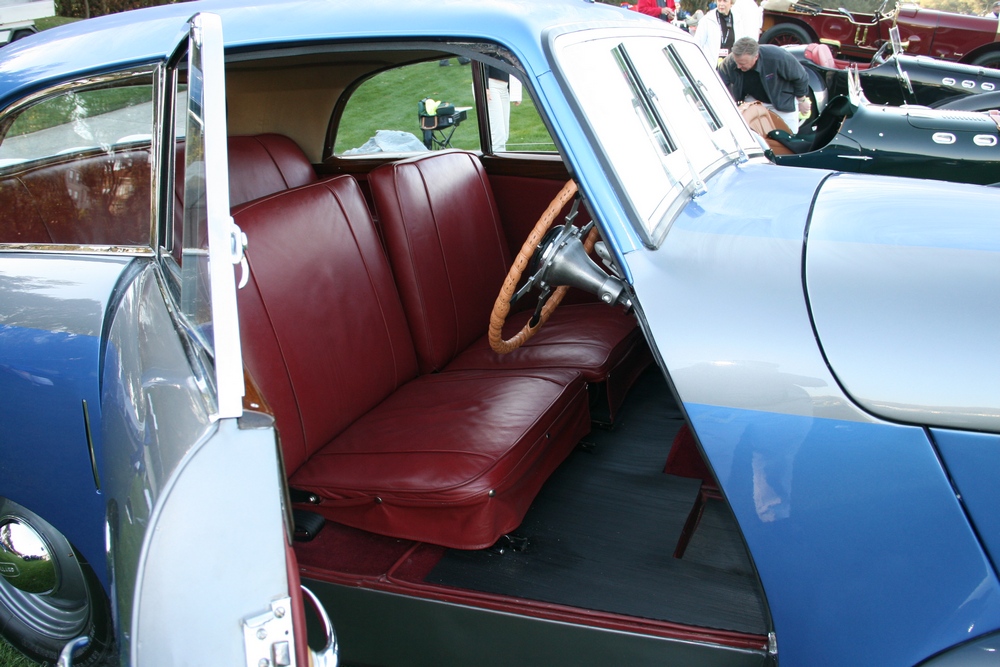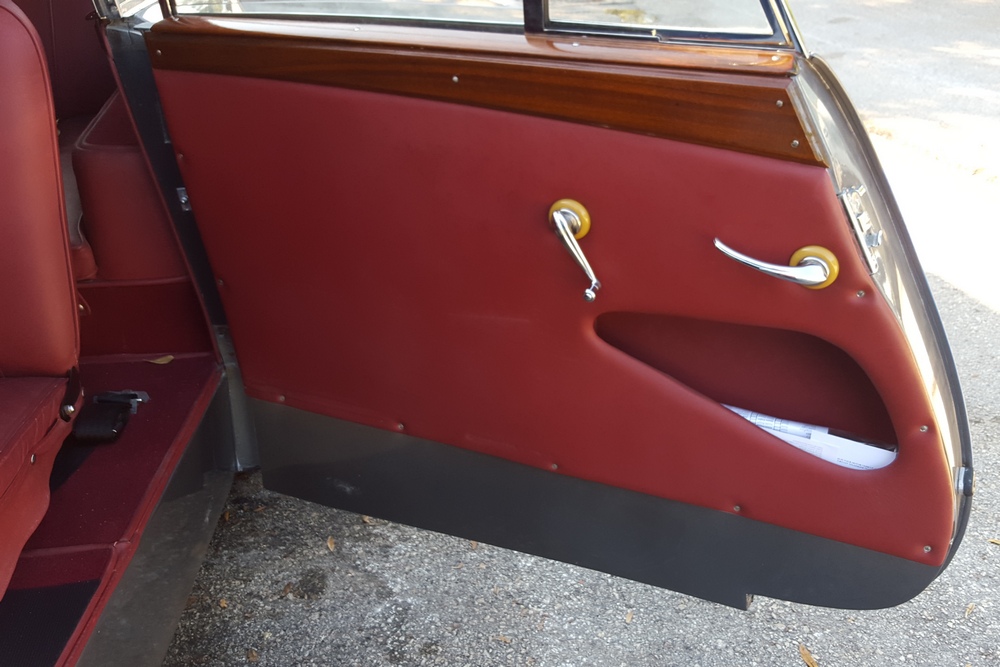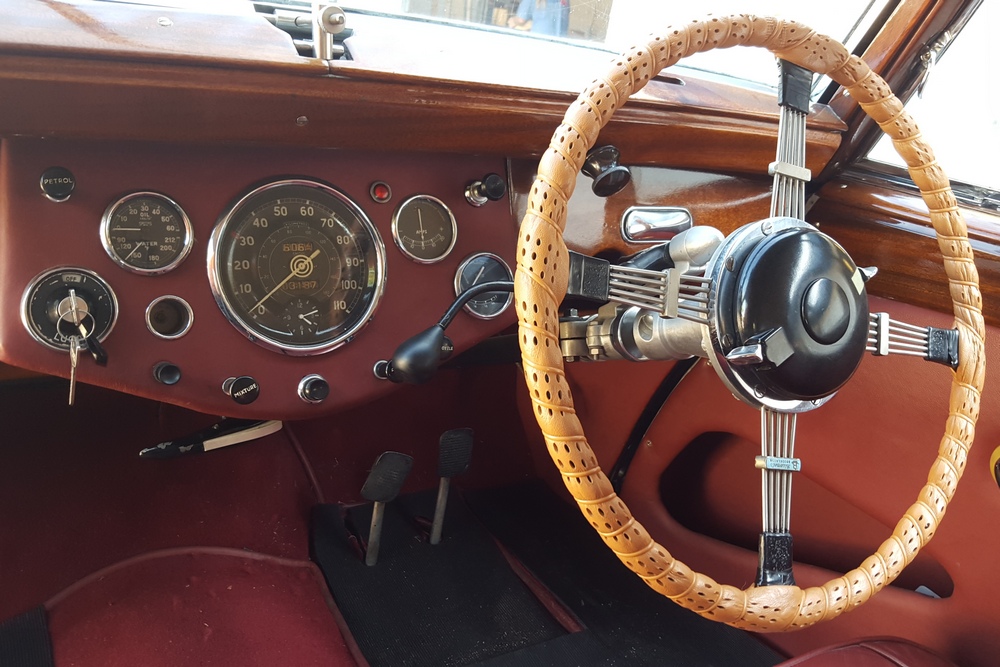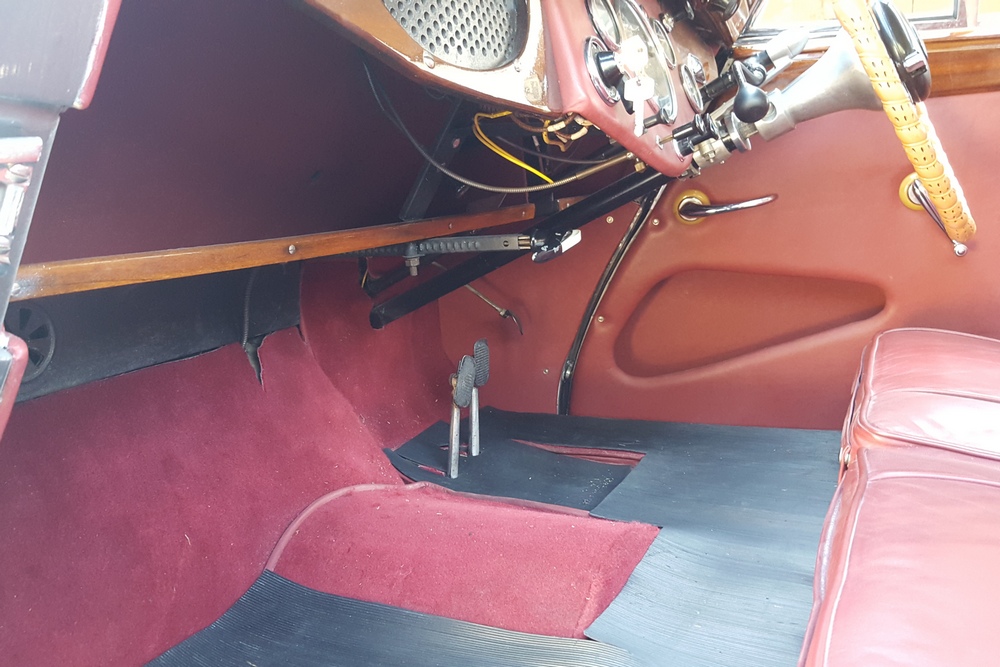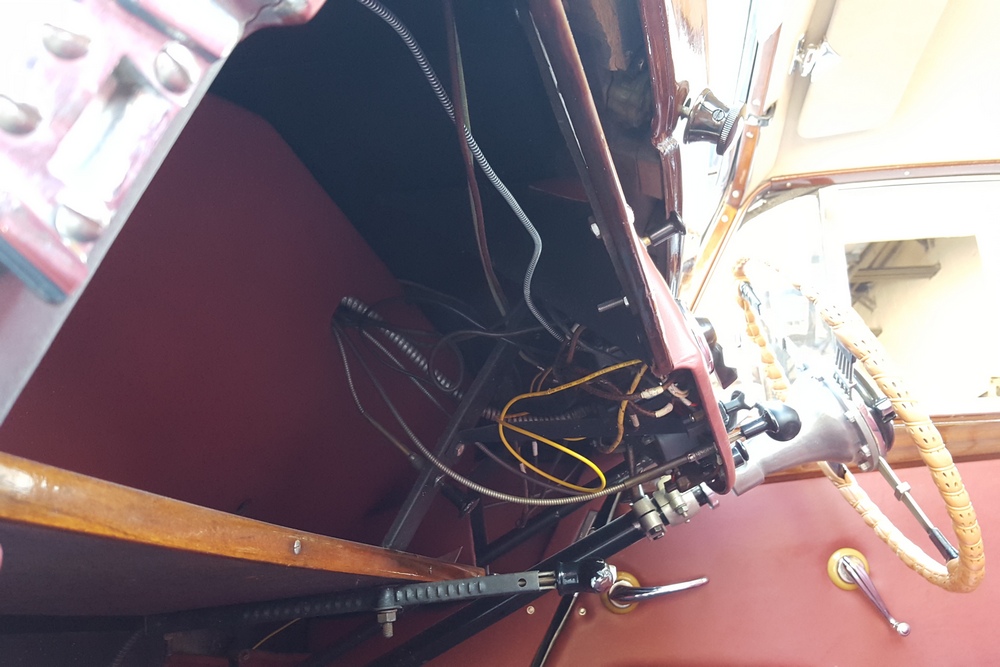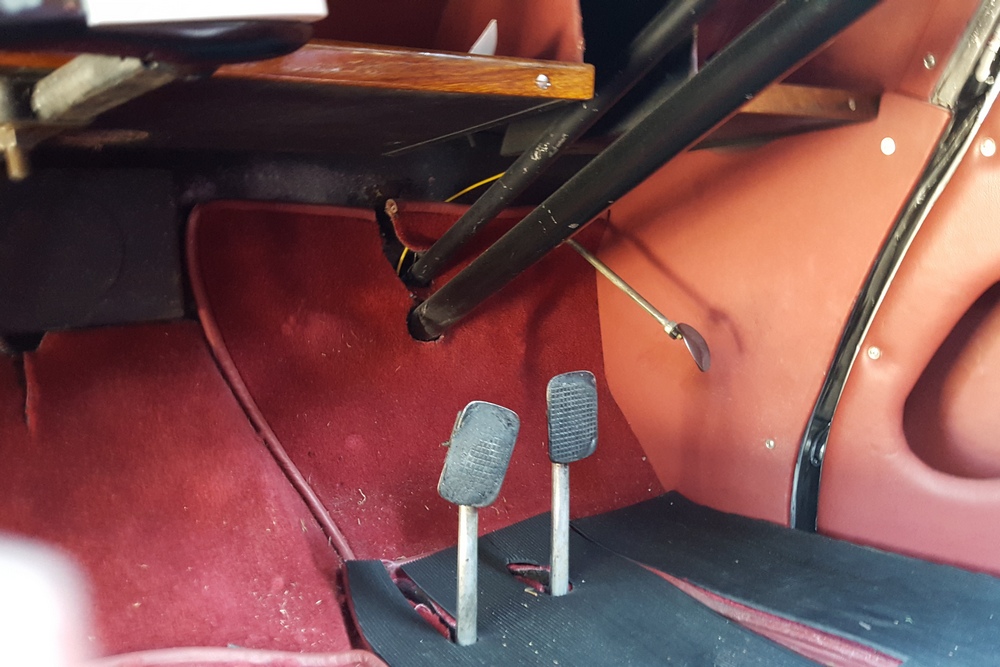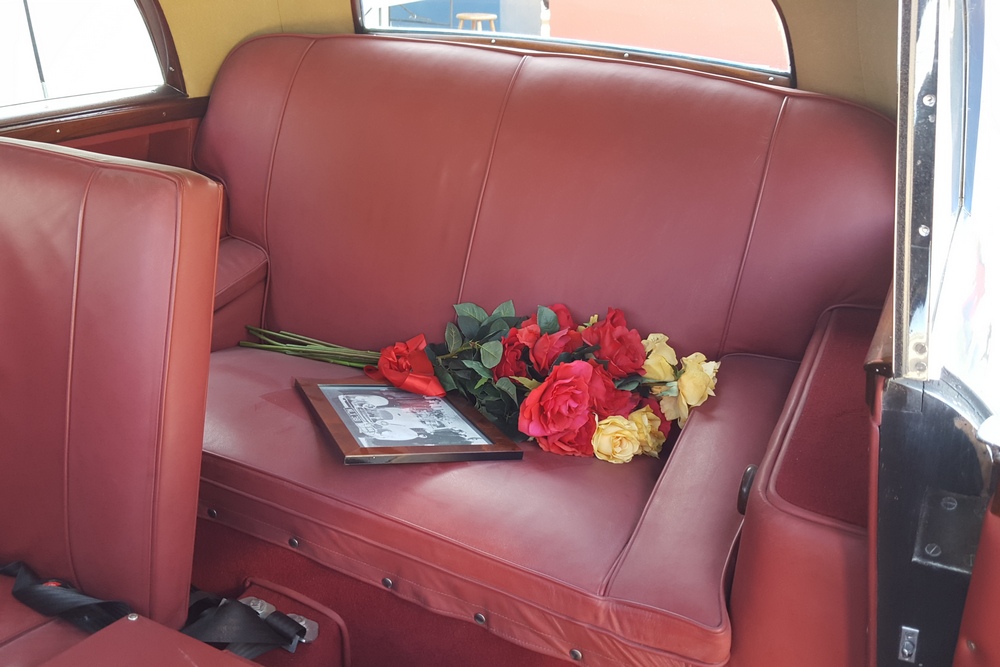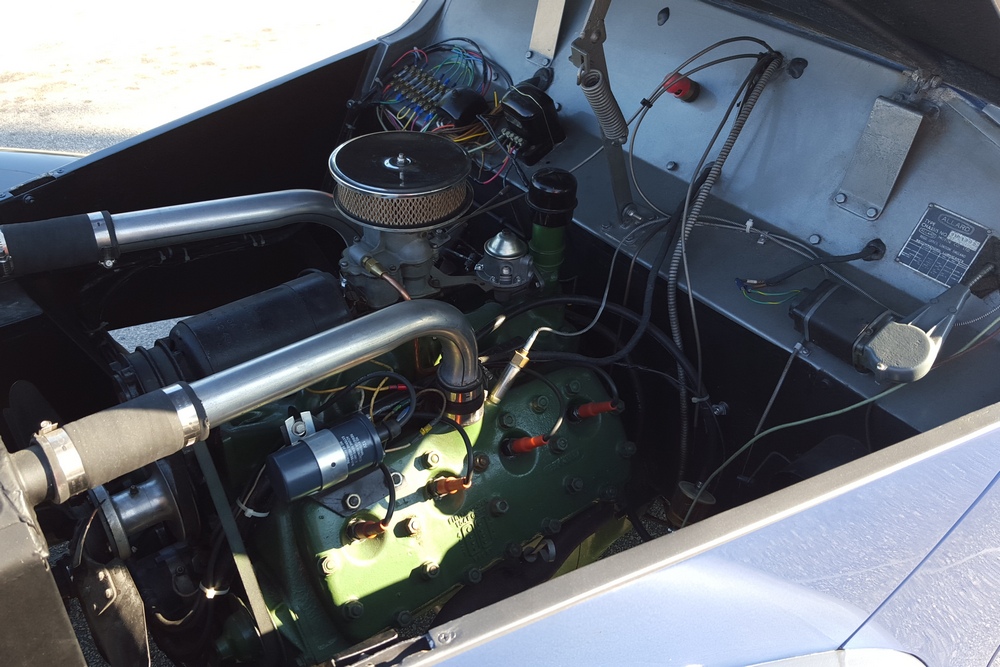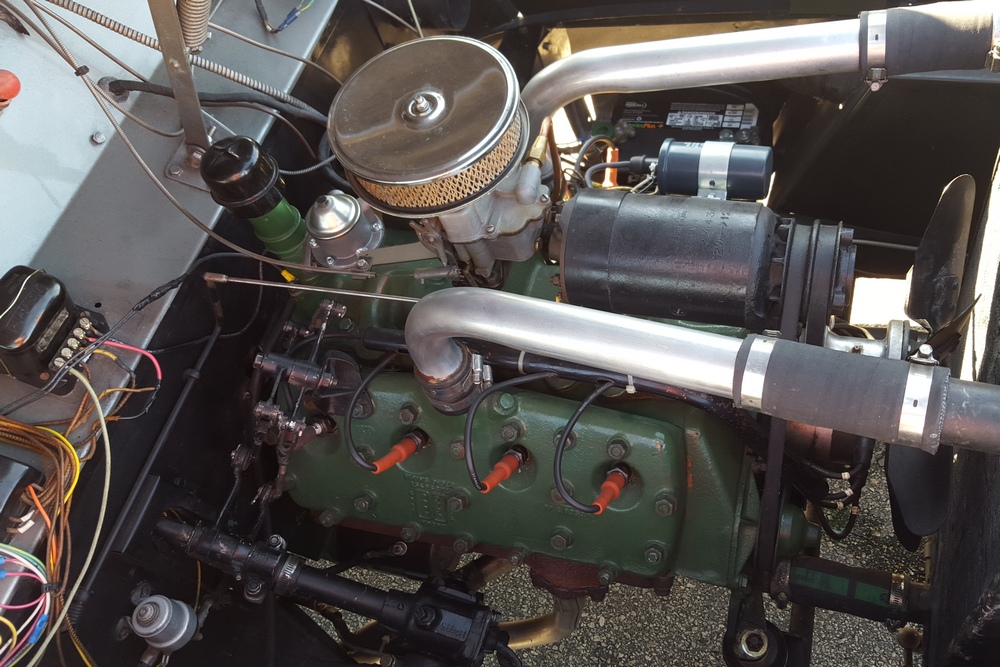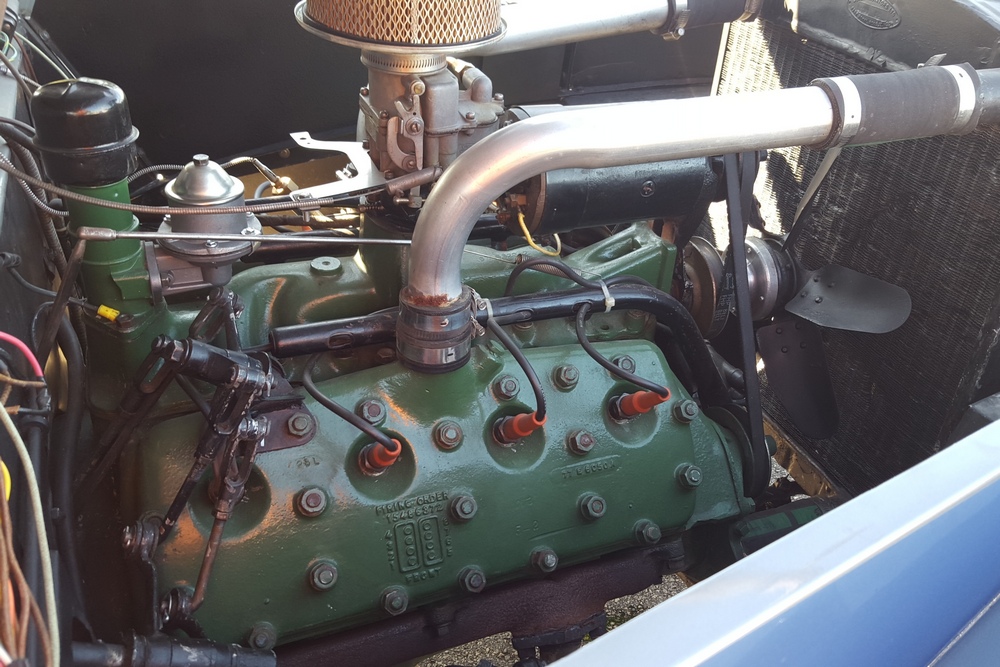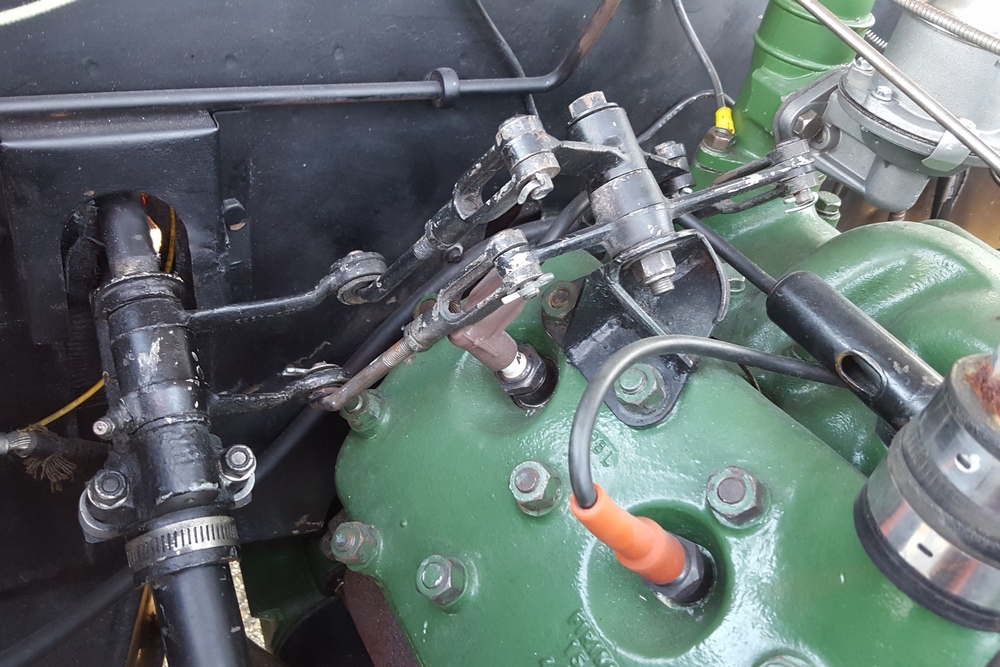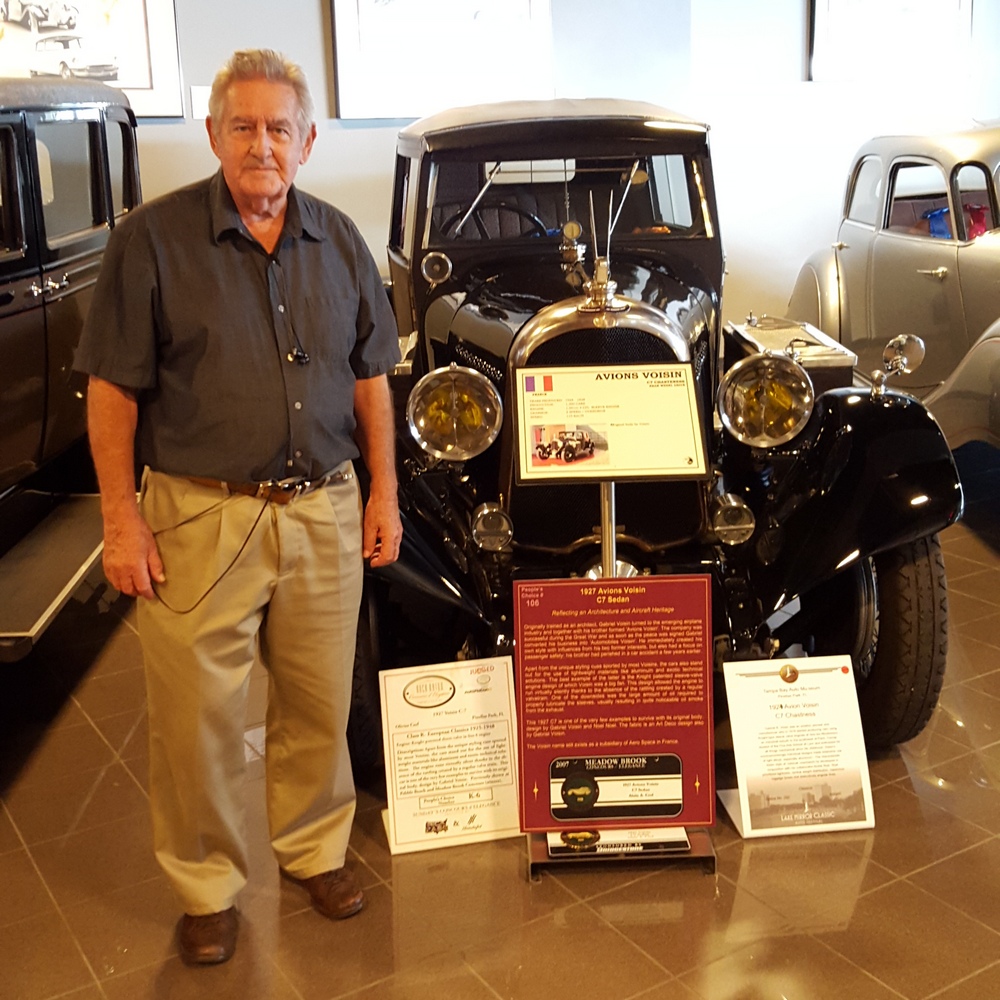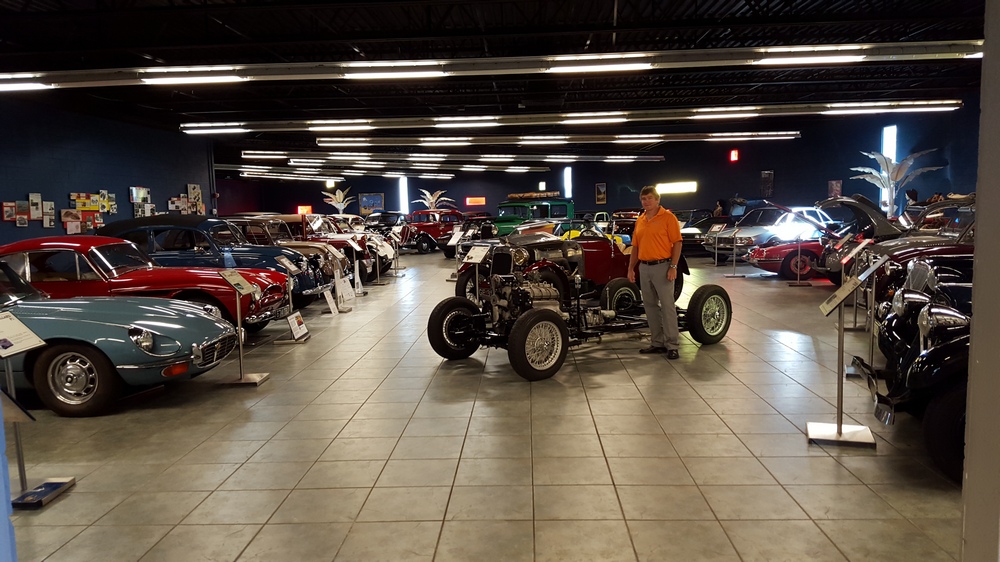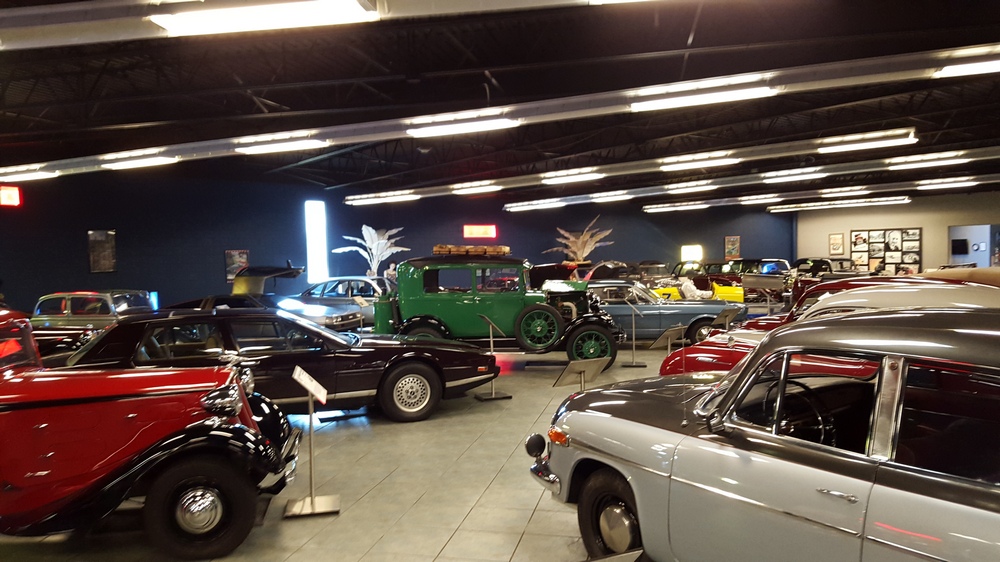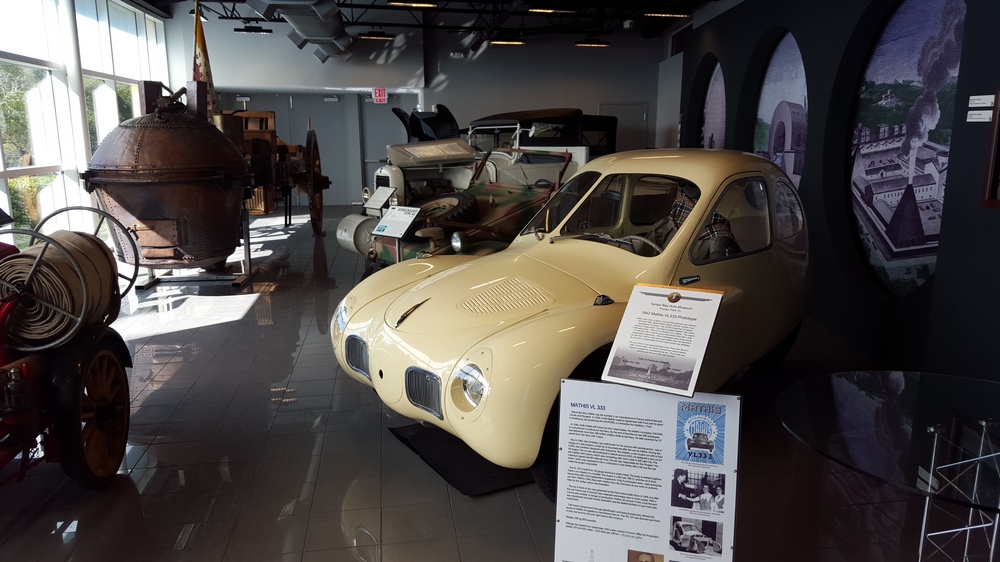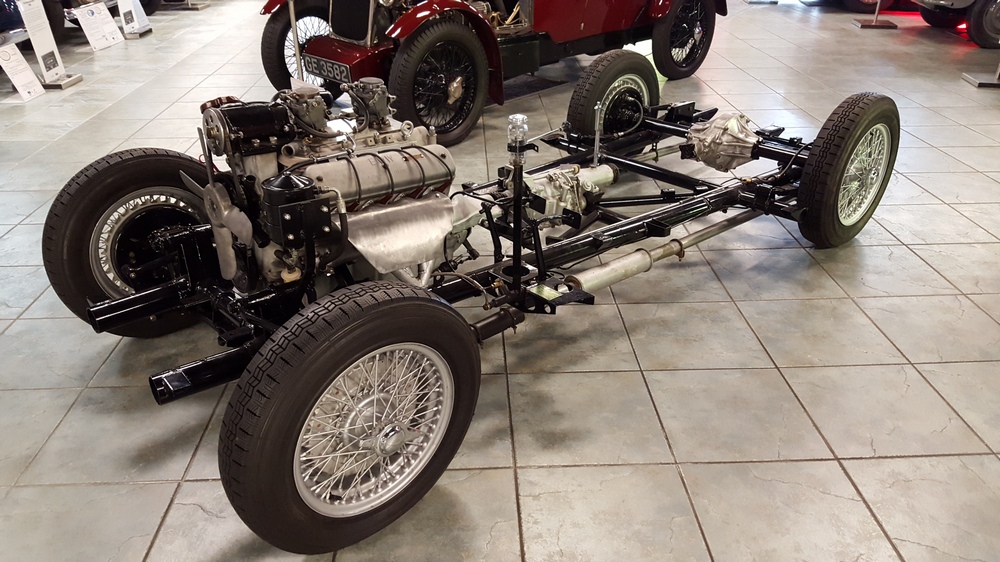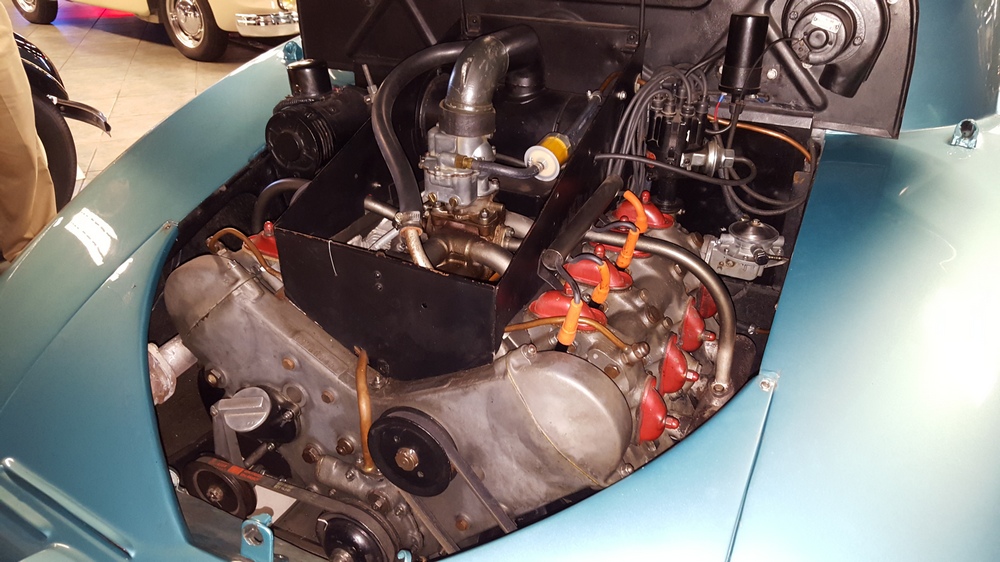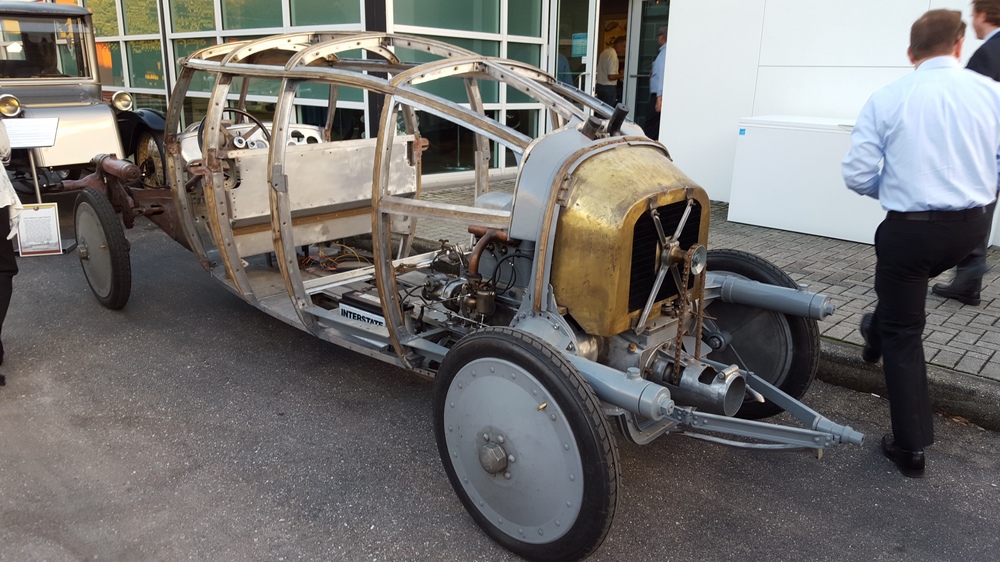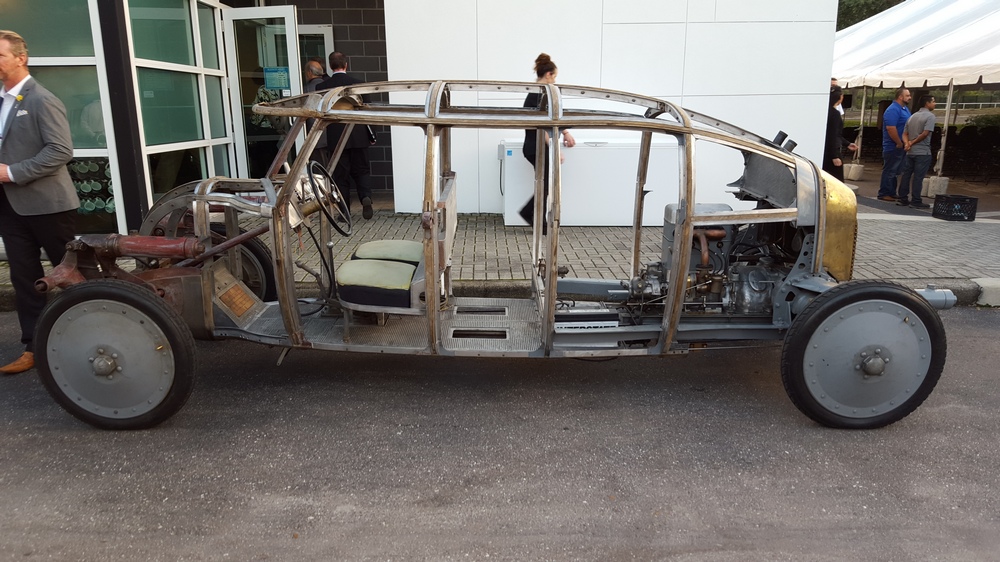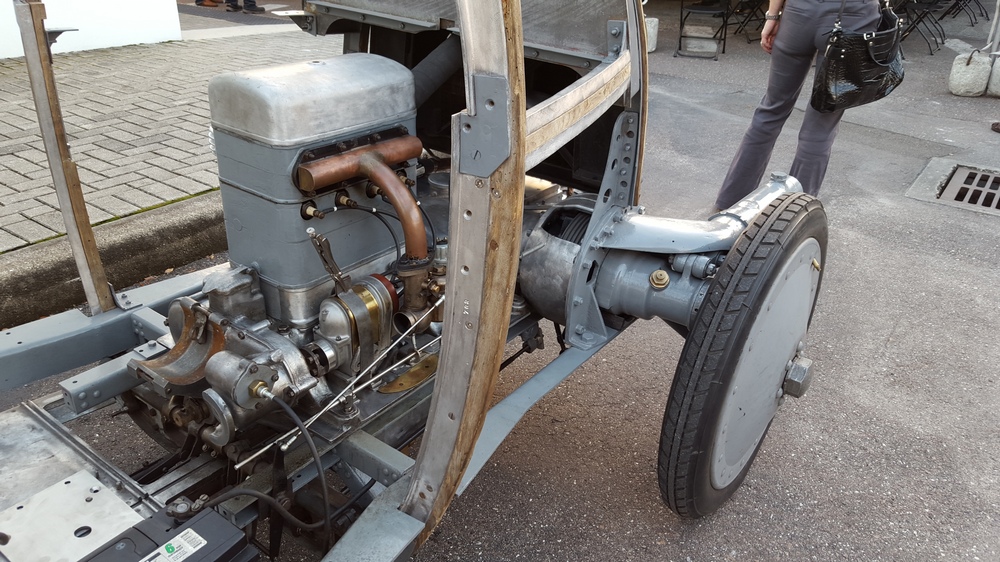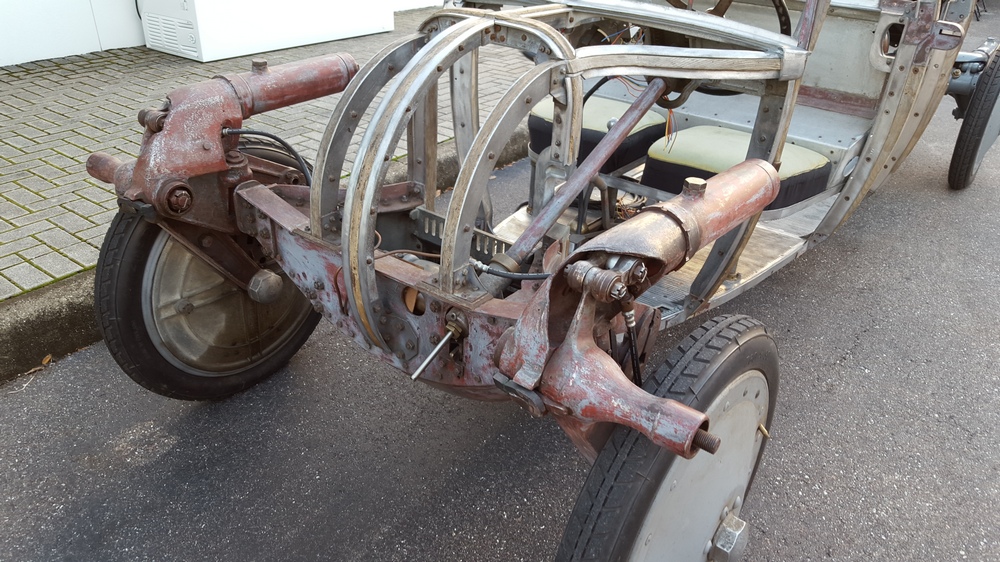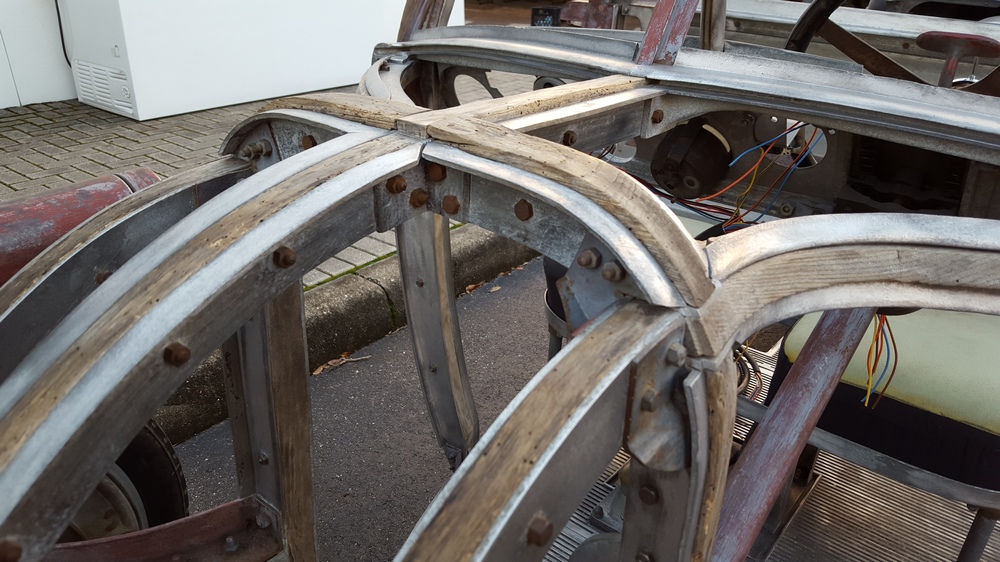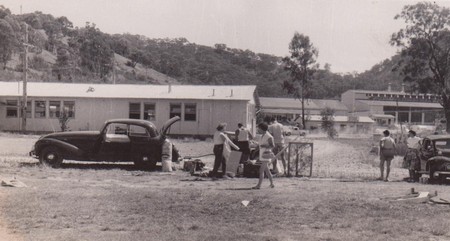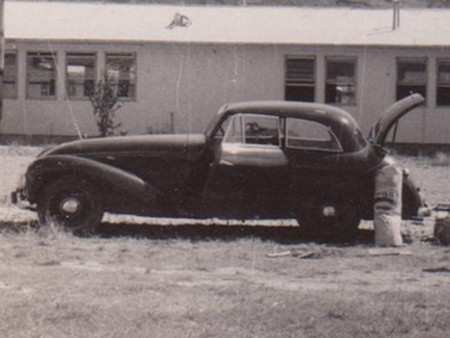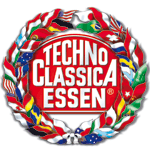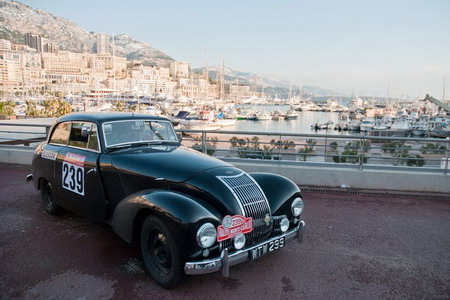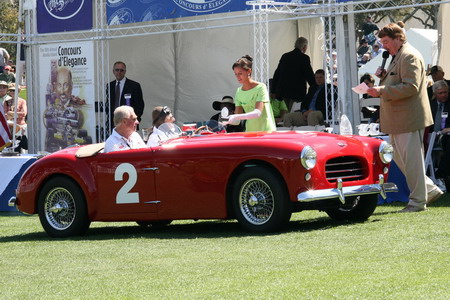A Family Effort...
/By Lisa Stec & Anna Brownell
My husband Jim and I consider ourselves to be ‘normal people’ who associate past years with family events such as births, marriages, deaths and historical events. For example, my husband and I got married shortly after moving to Madison WI to start our new jobs. We put an addition to our house shortly after our son was born, and I gave birth to our daughter six hours after the Green Bay Packers won Super Bowl XXXI in 1997.
My parents and uncle Paul, on the other hand, have measured time by the cars they owned, raced, traded with each other, or wrecked. For example, my mom bought groceries home in an Allard J2X Le Mans when she lived in Ohio where my sister was born. My parents bought the ‘68 Mustang after my brother was born so we could have a family car. My dad subsequently sold the J2X LM to my confirmed bachelor uncle Paul for ‘pocket change’.
Uncle Paul truly enjoyed his unencumbered family status which allowed him to buy and KEEP a wide array of vehicles that piqued his interest. They included a Corvette that was his daily driver for several years, a miniscule Berkeley roadster that his friends helped him carry down to the ‘drive-in’ movie theater he had set up in his basement, and the Zephyr Land Yacht tractor. He was truly intrigued by the Allard Company and the cars they manufactured and raced. He owned three Allards during my lifetime – Fred Wacker’s second J2 ‘8-Ball’, the J2X LeMans that he bought from my parents, and my personal favorite – a green 1950 P1 saloon.
The P1’s original owner was Sir Paul Pechell, who sold it to John Desmond Cropper in 1959. Colin Frank Bridle owned it from 1962 until 1966, before selling it to Erwin Zimmerman who shipped it from South Hampton to his home in New York. Uncle Paul purchased it from Mr. Zimmerman a year later and drove it about 900 miles back to his home in Milwaukee. He drove the car quite a bit those first few years, and even raced it a few times. In the spring of 1969 he drove the P1 down to Florida for the 12 Hours of Sebring, and took it for other lengthy trips in 1970.
However, the most important trips were Uncle Paul taking my sister, brother and me to the local frozen custard shop on a regular basis. My sister and I would sit in the back seat where our feet would not touch the floor. We peeked out the back windows and proudly waved to the neighbors, with Uncle Paul hanging his right elbow out the window, always grinning as we went for dessert.
Time marched on as my brother, sister and I went to school, got jobs and started buying our own cars. The P1’s brakes stopped working, so Uncle Paul parked it in his garage. No one started the car for a number of years, and it eventually languished on for 30+ years. Paul took some teasing about owning three non-functioning Allards, but he remained ambivalent about that. As the proud owner of three Allards – he admitted to being more of an aficionado than a mechanic.
Over the years Uncle Paul accumulated many car enthusiast friends. One local collector in particular, Ron Schneider, convinced and helped him get the J2 ‘8-Ball’ running. He enjoyed driving it for a while, and even had it on display at an Elkhart Lake event. However, his failing health made working the pedals difficult. Then he traded his J2X LeMans to Chuck and Colin Warnes for a beautiful, hemi-powered K3 that had enough power to make an experienced driver squeal with delight. At this point he had two of his three Allard running. But as he got older, he was more interested in riding in the comfort of a coupe than a roadster.
My husband and I offered to help him with the P1, as it was my sentimental favorite and I wanted to repeat those trips to get frozen custard with him. My daughter and I took out the gas tank and Rob relined it, and my husband and son freed up the wheels so it would move around. The P1 was then moved to Ron’s shop, but unfortunately Uncle Paul passed away before we could continue to work with him on the project.
There were many cars and possessions that needed to find a good home after Paul passed away in 2015. My brother was to be the steward of the J2 ‘8-Ball’, and the K3 was sold at the Bonham auction in Monterey. Meanwhile, the P1 ice cream shuttle was still sitting with brakes that didn’t work and the gas tank in the trunk.
My husband and I discussed taking on the project. It was potentially within our budget and experience, and we were on the cusp of being ‘empty nesters’ with need of something to do. So, we took on the project with the invaluable experience of my father, and assistance from my mom, brother, our kids and friends. How hard could it be?
Uncle Paul had said it just needed the brakes looked at and the leaky gas tank repaired. Well, not exactly. The engine had green mush in it, some of the wooden floor boards were rotted and the engine had a cracked block and the shift linkage was a vague mystery.
So – we replaced the engine with a re-built Ford flathead, and replaced the column shift with a Ford three-speed floor-shift transmission. Brake work included a new master cylinder and wheel cylinders, along with a new parking brake. Once the gas tank was re-installed, the tie rod ends were replaced, the wheel bearings were packed, and a new exhaust system was installed. Just short of two years later the P1 drove out of our garage under its own power!
Test runs were soon made to get dessert around Madison. But the trip I was really looking forward to was to take the P1 back to Milwaukee, and take my parents to Leon’s, the best frozen custard shop in town, and meet up with Ron Schneider for a trip down memory lane.
For me, this car represents a happy childhood memory that I was able to relive with my husband and family, as well as special friends. So now I have started making my family history in terms of the cars we own.


